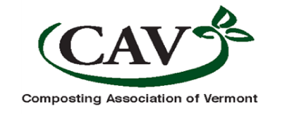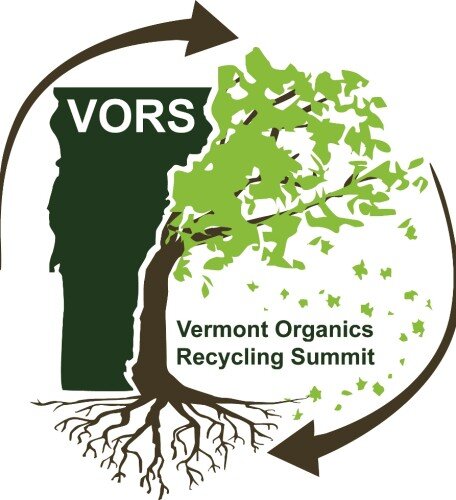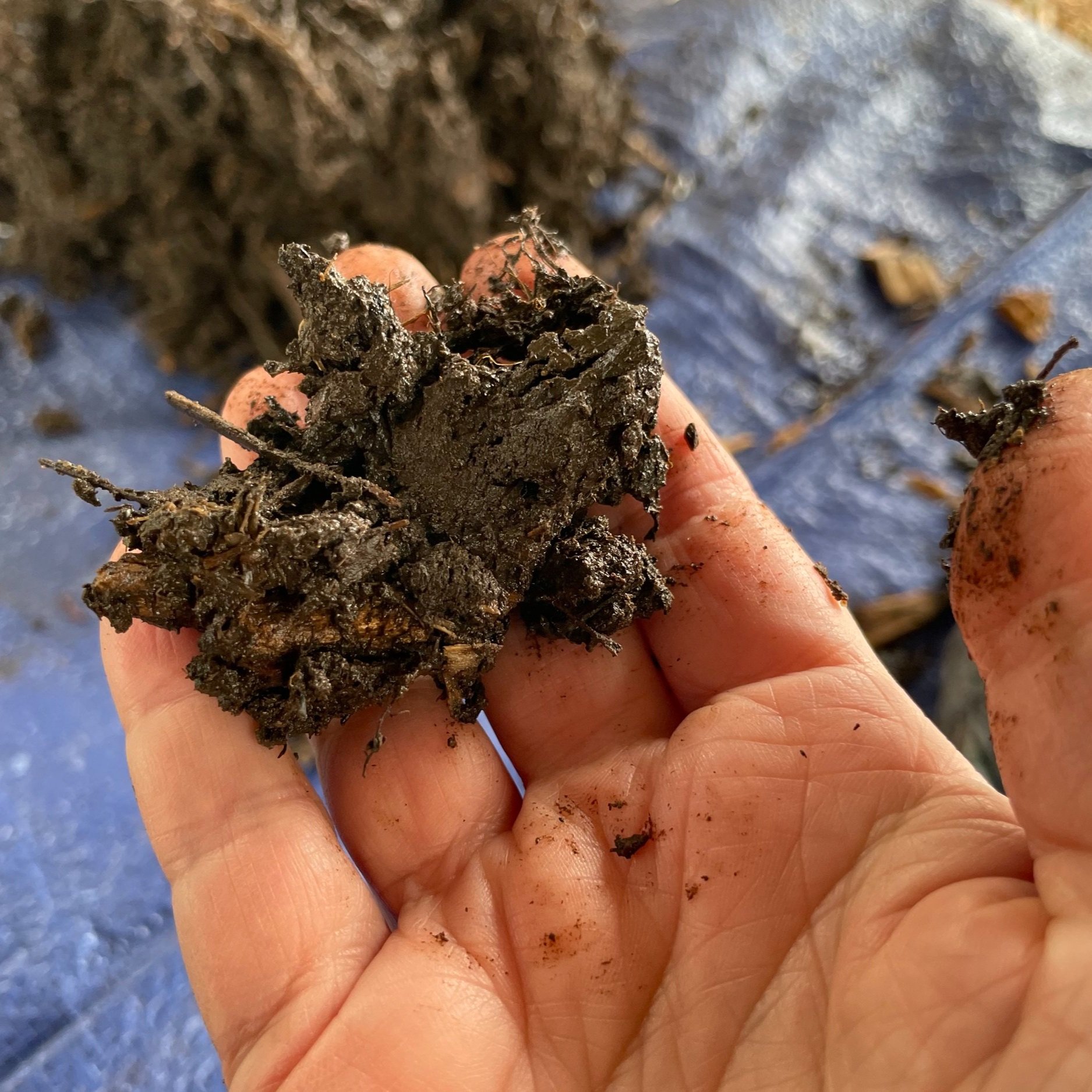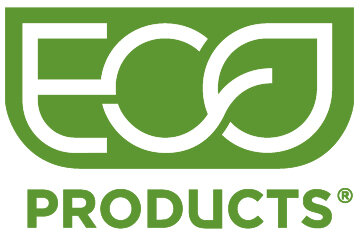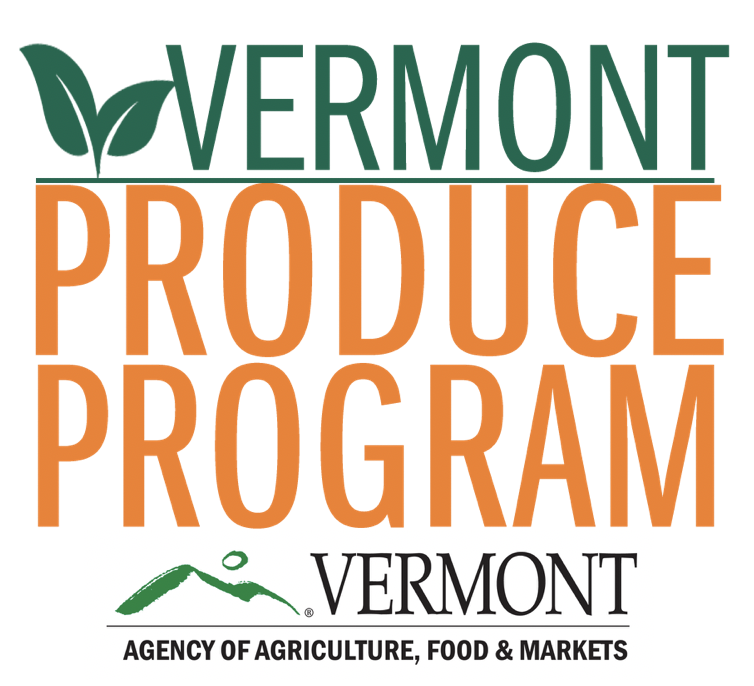16th Annual Vermont Organics Recycling Summit (VORS)
2022 Theme: Recipe for Regeneration: Compost
May 2-6, 2022 (as part of International Compost Awareness Week)
Tuesday May 3rd
10:00-11:30 AM CAV's Soil Builders Program - Making Healthy Soil a Priority in Our Communities
Throughout the Soil Builders program, we've been talking about the connections between compost, soil health, and water quality; different kinds of compost; and best management practices based on different applications. Now that we better understand the benefits, how do we get compost- and soil health-based projects off the ground? This session was a facilitated discussion about making healthy soil a priority in your community.
Presenter/facilitator: Natasha Duarte
00:00 Introduction
02:08 Overview of CAV's Soil Builders Education in Action Program
09:49 Discussion
References shared during this session:
CAV’s Soil Builders Program - recorded sessions and related materials developed and linked to through this project
USCC Test Methods for the Examination of Compost and Composting (TMECC)
USCC Seal of Testing Assurance (STA) Program for Compost Manufacturers
1:00-2:30 PM Compostable Packaging: Love it or Hate it - Let’s Talk
Waste diverters, soil enthusiasts, and green-minded citizens all share a desire for waste reduction, clean sorting streams, and healthy soil. The sorting process can be confusing. The myriad of materials that we are expected to sort correctly can foster that emotion, making the process unclear, frustrating, and challenging to execute. While compostable packaging is intended to provide a solution, it can also add uncertainty for the end-user and the composter. Given that the compost packaging market is expected to increase 17% annually between 2020-2027 - what role could compostable serveware play in achieving the goals of stakeholders devoted to a clean sorting stream, reducing and diverting waste, and building healthy soil? Experts from every facet of the compostable packaging subset unpacked the answer to this question as this session explored the preconceptions and misconceptions of compostable packaging and cultivated a discussion towards collaborative solutions.
This recording includes the discussions from the three Zoom rooms.
Panelists:
00:00 VORS Introduction, Natasha Duarte
04:10 Session Introduction, Natasha Duarte, Moderator
16:48 Panelists opening statements:
Ham Gillett, GUVSWMD, So. Windsor/Windham Counties SWMD
Toby Alves, ECO Products
Corey Berman, UVM Recycling & Zero Waste
Zach Cavacas, Music Mountain Compost
Trevor Mance, Casella Waste Systems, Inc.
Elly Ventura, Vegware
Zoom Room 1
Zoom Room 2
Zoom Room 3
1:59:21 Full Group Wrap Up
Resources referenced and linked to in this session:
A pdf of organized resource links put together for this session
Foodservice Packaging & Composting: Information for Composters (from Foodservice Packaging Institute)
List of compostable products tested to disintegrate in today's systems (from CMA)
Single-Use Foodware Public Database (from Center for Environmental Health; last update: 12-15-2021)
3:30-5:00 PM: Johnson-Su Composting (In-Person Workshop)
Thanks to Jim Stiles for sharing this excellent summary of the workshop!
Jim Stiles brought his 1-year-old batch (the star of the show), as well as two larger test batches from last fall, and samples of last-fall and the-previous-fall leaf mold. Another participant brought a sample of wool that he had composted using a modified Johnson-Su process (fairly successfully). Jim also had a small amount of real commercial Johnson-Su compost for comparison.
The 1-year-old batch was basically 5 gallons that all last summer sat in a loose-weave seed bag inside a 5 gallon bucket with a drain hole. That drain hole was plugged with roots that had grown up into it in pursuit of the water and nutrients draining from that apparatus. This problem speaks to one of the problems with Jim’s experimental technique - he over-watered that system when it was outside last summer. In addition, the feedstock was chopped, recently weeded material from his garden (the only feedstock Jim could lay my hands on quickly).
This short video shows some of the Johnson-Su compost that we looked at during this workshop (1:47)
The results of that experiment were the best Jim has yet seen from a cold-weather Johnson-Su system in Vermont. There was a substantial percentage of very-well-composted material that resembled real Johnson-Su compost. It was not as good as the commercial Johnson-Su compost, and not especially close to the real Johnson-Su compost made by David Johnson that Jim got his hands on (and in) about 5 years ago).
Next we delved into the two 20-gallon fabric pots that are holding some of my version 2 test. Jim made up these bags last fall from fallen leaves, shredded in a lawn mower. Along with the 5-gallon test unit, these spent the winter in my cellar. This is where/when Jim discovered the fact that he had been over-watering his micro-Johnson-Su-reactors (when they leaked black gooey water all over his cellar floor).
These two reactors were nowhere near as good as the 5-gallon reactor. However they were pretty darn nice (not-fully-mature) leaf mold. We compared this young Johnson-Su compost to the 6-month- and 18-month-old conventional leaf mold. They were not quite as nice as the 18-month mold, but at 6 months they were much closer to it than to the 6-month mold that had wintered outside.
This short video shows some of the Johnson-Su compost that we looked at during this workshop (0:19)
This leaves Jim optimistic about the prospect for really good results with his version 2 micro-reactor setup and he thinks he will have some very good Johnson-Su compost about the time that leaves are falling this year, and perhaps some really fine Johnson-Su compost this time next year. Fingers crossed.
A side note - the commercial Johnson-Su compost Jim had came from an order placed by the Shelburne Farms Market Garden operation. They are going to use this compost in their field trial to try to reproduce the results from David Johnson's large-scale field trials in Arizona. In case you missed it, David's trials have been spectacularly successful (based on results released over a year ago). Bottom line is, by applying his compost as an inoculant at a rate of 2 lbs compost per acre (mixed into 20 gallons of water and applied in seed furrows when planting) provided comparable or better productivity than conventional fertilizer, and did so at lower cost (and higher profit).
It's not clear yet that David's latest results will scale across all row crops or in all locations/environments. If they do, it appears that we will have an option to managed rotational grazing for creating soil health profitably, this time for row cropping operations.
We are hoping to develop a Johnson-Su composting cohort and to reconvene for another hands-on workshop this Fall. Interested in Joining? Email Natasha@CompostingVermont.org
Special thanks to:
Thanks to our sponsors!!
Learn what the Produce Safety Rule means for your business.
